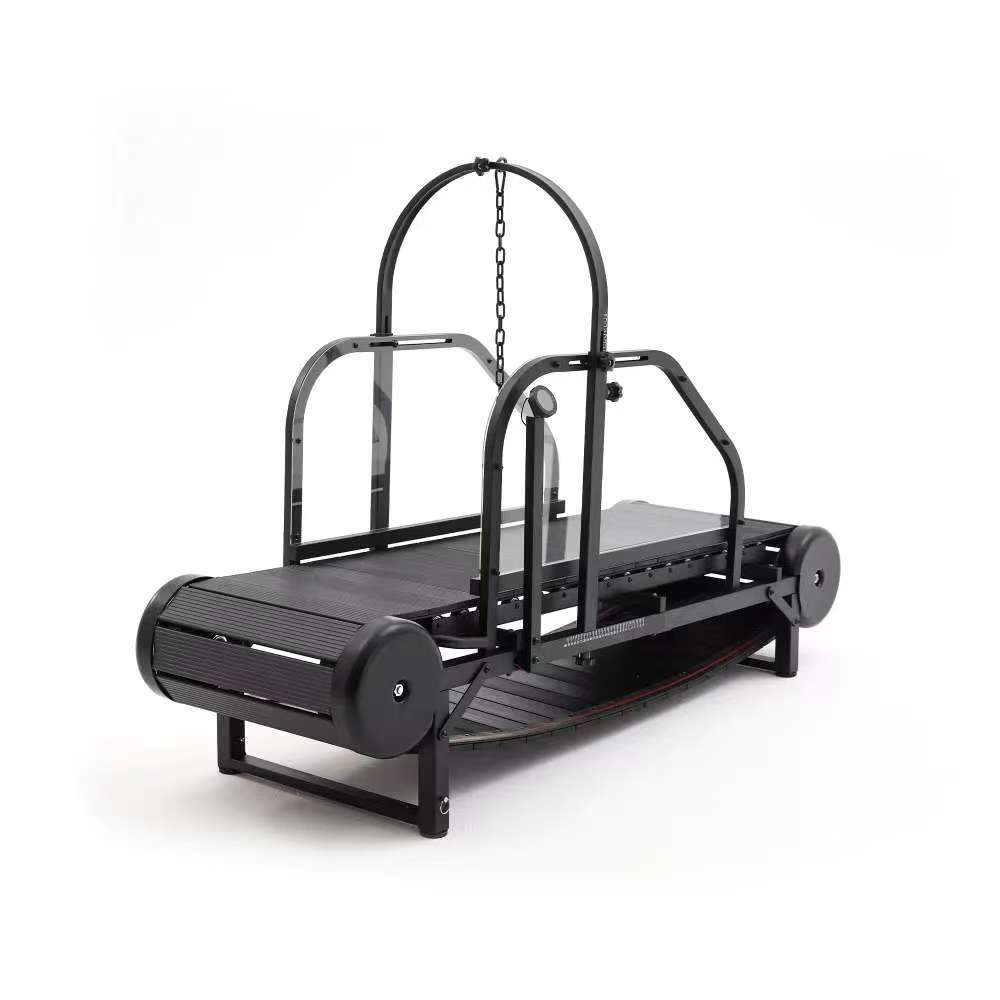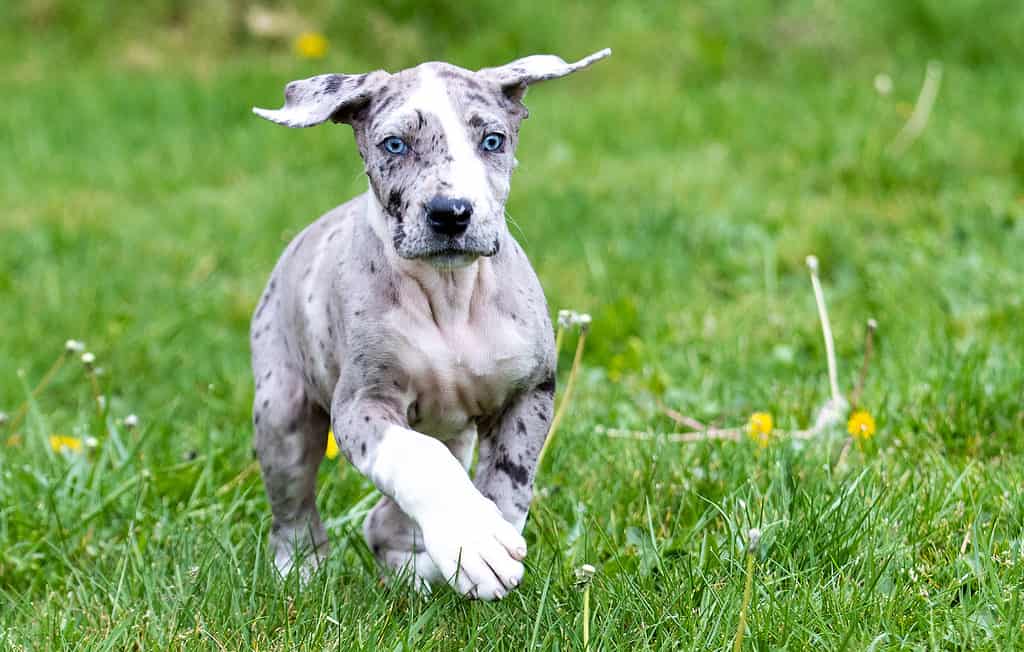Great Danes are often called "gentle giants," but taking care of them can be surprising. These big dogs have special needs that are more than just their size. For example, a study in PLOS One shows that Great Danes have different metabolic needs. This makes it hard to predict how to care for them.
So, is owning a Great Dane hard? Yes, you will have special challenges. You need to think carefully and be committed. From their exercise routines, which can include using a dog running machine, to health risks, you must be ready for a rewarding but tough journey.
Temperament: The Gentle Giant's Heart
Great Danes are celebrated for their serene and amicable disposition. They often form deep, loving bonds with children, showcasing remarkable patience and a natural protective instinct. Despite their substantial size, they typically exhibit a low prey drive, which makes them more approachable for social interactions with other animals. That said, early socialization is not just important—it's essential. Every dog's behavior is shaped by its training, social experiences, and past interactions. A well - socialized Great Dane will gracefully navigate social situations, treating both humans and fellow pets with courtesy. Conversely, without proper socialization, these gentle giants may develop shyness or become overly protective.
Exercise Needs: Moderation Meets Consistency

Daily Needs
Great Danes need a lot of exercise every day. You should try to give them at least 90 to 120 minutes of activity daily. This usually means taking long walks two times a day. Here are some important points about their exercise needs:
-
Great Danes enjoy vigorous walking and outdoor fun like hiking or jogging.
-
These activities help their proprioceptive awareness, core strength, and metabolism.
-
Regular exercise lowers the risk of joint problems, like hip dysplasia, which many large breeds have.
-
Owners often create steady exercise plans that improve their fitness and their dog's health.
In fact, research shows that only a few Great Danes get enough exercise. Not being active can cause health problems, like obesity. So, you must make their exercise a priority to keep them healthy and happy.
The Role of a Non - Electric Dog Treadmill: Unrivaled Benefits for Great Danes

Using a dog treadmill is a great way to give your Great Dane indoor exercise, especially when the weather is bad. A dog treadmill lets you control the speed and incline, making it safe for your dog. Here’s how it compares to outdoor exercise:
-
Structured Exercise: A dog treadmill gives a safe space for your Great Dane to work out. This helps keep their heart healthy and eases joint pain.
-
Mental Stimulation: Indoor workouts on a treadmill can also keep their mind active. You can use toys or treats during treadmill time to keep your dog interested.
-
Safety: Using a treadmill lowers the chance of injury that can happen outside, especially if your dog tends to overdo it.
While outdoor walks are very important, adding a non-electric treadmill to your routine can help meet your Great Dane's exercise needs, especially when the weather isn’t good. Try to have a mix of outdoor fun and indoor workouts to keep your dog fit and mentally active.
Health Risks of Great Danes
Common Issues
Owning a Great Dane has some big health risks. One serious problem is bloat, which is also called gastric dilatation-volvulus (GDV). This issue is very risky for Great Danes because of their size and deep chests. Here are some important facts about bloat:
-
Bloat is the top deadly health issue in Great Danes.
-
More than 40% of Great Danes may get GDV in their life.
-
The death rate for GDV cases is about 30%.
-
Signs include retching without vomiting, stomach pain, restlessness, and a swollen belly.
-
Without quick surgery, the chance of dying from a twisted stomach is nearly 100%.
Studies show that large, deep-chested dogs, especially those over 99 pounds, are at higher risk. Factors like having a close relative with GDV, feeding once a day, and using raised bowls can increase this risk.
Grooming: Effortless Elegance
Great Danes sport short coats that are relatively low - maintenance. With moderate shedding, regular brushing is usually enough to keep loose fur in check. Bathing is only necessary occasionally, as these dogs don't have a strong natural odor. However, one aspect that Great Dane owners must be prepared for is their drooling. These dogs are infamous for their excessive drooling, particularly after meals or when drinking water. Keeping wipes or towels on hand is essential for maintaining a clean home.
Managing a Large Dog
Behavioral Needs
Owning a Great Dane has special challenges. These big dogs need regular training and social time to be happy. They might act stubborn or nervous if not managed well. Here are some important behavioral needs to think about:
-
Supervision: Always watch your Great Dane when they meet other dogs. Look for signs in their body language. Staying calm can help ease their nerves.
-
Clear Boundaries: Set clear rules at home. Having separate areas for living and eating can stop fights over space and food.
-
Obedience Training: Use commands like “sit,” “stay,” and “leave it” often. This helps stop aggressive behavior and encourages calmness.
-
Positive Reinforcement: Reward good behavior and calmness. This method helps reduce aggression and builds trust with your dog.
-
Socialization: Early and ongoing social time with other dogs and people helps lower fear and anxiety. This is very important for a happy Great Dane.
Training: The Early Bird Catches the Worm
Training a Great Dane can be a daunting task if not initiated early. These intelligent dogs can sometimes exhibit stubbornness, but when trained from a young age using positive reinforcement techniques, they are quick to learn commands and adopt good behavior. Early training also plays a pivotal role in socialization, teaching them how to interact appropriately with other dogs and people. Given their powerful jaws, training them not to chew on inappropriate items is crucial to prevent significant damage.

In conclusion, while owning a Great Dane presents its fair share of challenges—from managing their health issues to meeting their exercise needs and providing adequate space—a non - electric dog treadmill can be an invaluable asset in your toolkit. With its numerous advantages, it simplifies the process of keeping your Great Dane healthy, active, and happy. The love, loyalty, and companionship these gentle giants offer are truly priceless, and with the right tools and dedication, every effort invested in their care becomes well worth it.










0 Comments